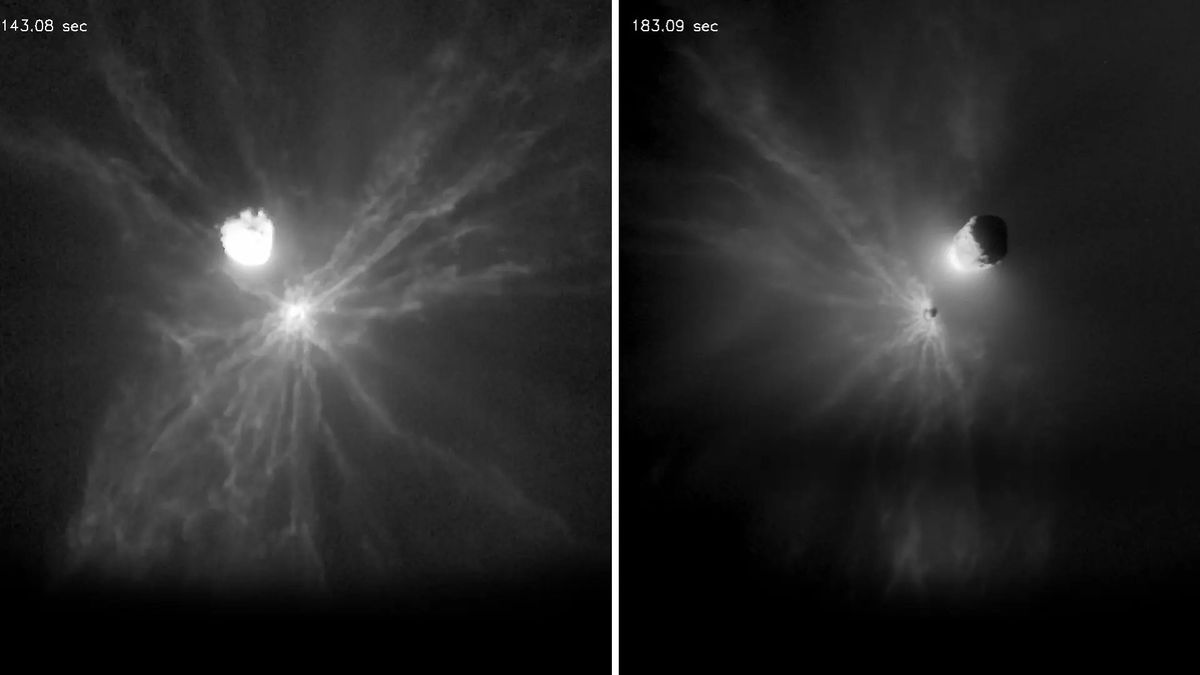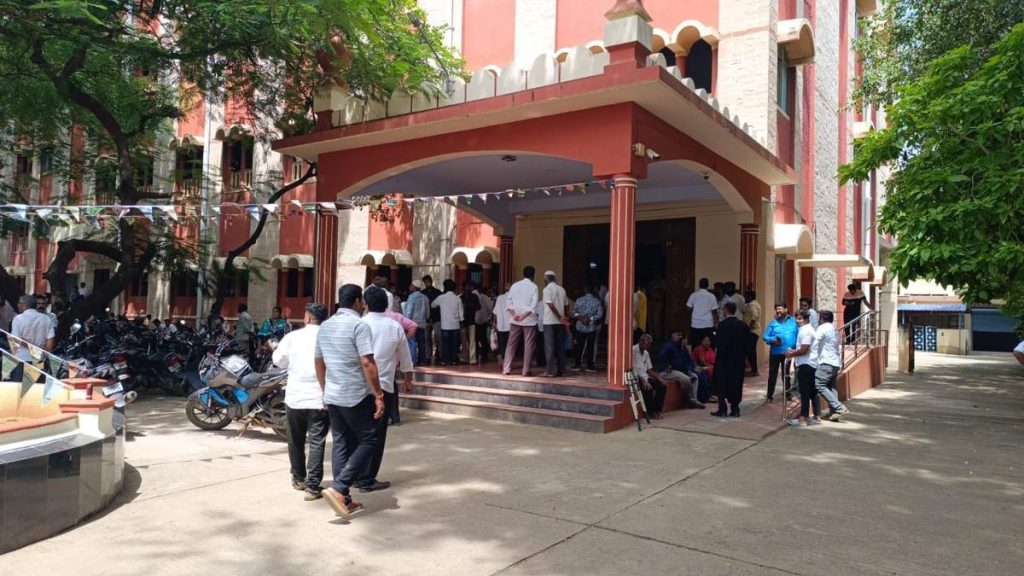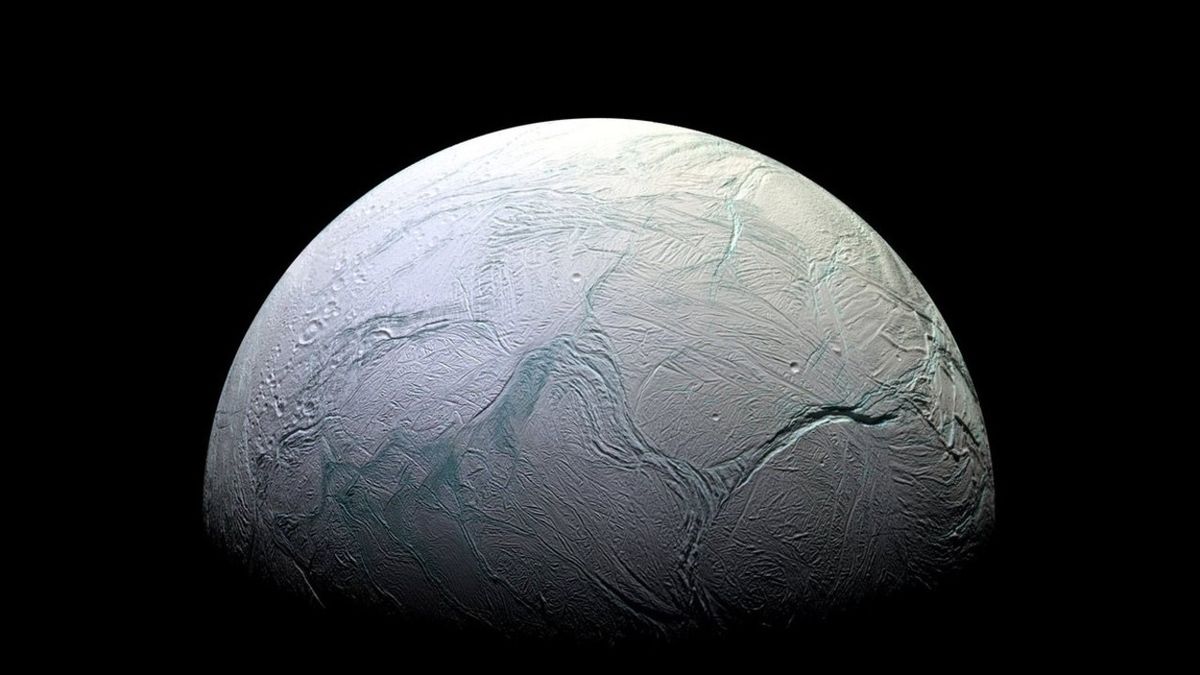Now Reading: NASA’s DART Mission Spurs New Challenge: Ejected Boulders in Space
-
01
NASA’s DART Mission Spurs New Challenge: Ejected Boulders in Space
NASA’s DART Mission Spurs New Challenge: Ejected Boulders in Space

Quick Summary:
- NASA’s DART mission successfully impacted the asteroid Dimorphos on September 26, 2022, with the goal of demonstrating asteroid deflection capabilities to protect Earth.
- The collision shortened Dimorphos’ orbit around its companion asteroid Didymos by approximately 32 minutes.
- Newly revealed details show DART’s solar panels pulverized boulders during impact, ejecting clusters of debris that added significant momentum to Dimorphos’ trajectory. This secondary momentum was more than three times greater than the direct impact force.
- Observations from LICIACube and Hubble Space Telescope confirmed distinct clusters of ejected boulders moving away at high velocities.
- Scientists identified a southern cluster as fragments from specific pre-impact boulders and noted it could have altered Dimorphos’ orbital plane by nearly one degree.
- Comparisons with NASA’s past Deep Impact mission reveal that surface properties (e.g., roughness or smoothness) directly affect how asteroids react to collisions, underscoring complexities in future deflection missions.
- Findings highlight potential challenges in ensuring precise adjustments for asteroid trajectory changes in real-world scenarios where threats might arise.
- Further analysis is expected through ESA’s Hera mission set to arrive at the Didymos-Dimorphos system in 2026.
!Image credit: NASA DART Team and LICIACube
Read More: Space.com
Indian Opinion Analysis:
The findings from NASA’s DART mission are critical advancements for planetary defense strategies, highlighting both the achievements and challenges inherent to deflecting potentially hazardous objects. While India currently does not have active planetary defense initiatives like those demonstrated by DART or ESA’s Hera programme, these developments underscore a growing need for international collaboration as shared global security concerns against space hazards intensify.
This research reveals vital nuances such as surface composition influencing collision outcomes-factors that scientists will need to account for if similar missions need precision adjustments without unintended risks. for India-with ISRO increasingly expanding its capabilities beyond Earth-it may warrant considering partnerships or investments into research related to planetary defense given its implications not only for national safety but also scientific contribution globally. Future cooperative frameworks akin to those seen in other international space programs will ensure readiness against existential threats like asteroids while enabling technological growth within India’s established priorities related to space exploration.
Enduring relevance lies here: understanding complex responses ensures better preparedness-a principle applicable universally including India’s aspirations toward advanced aerospace resilience.
























